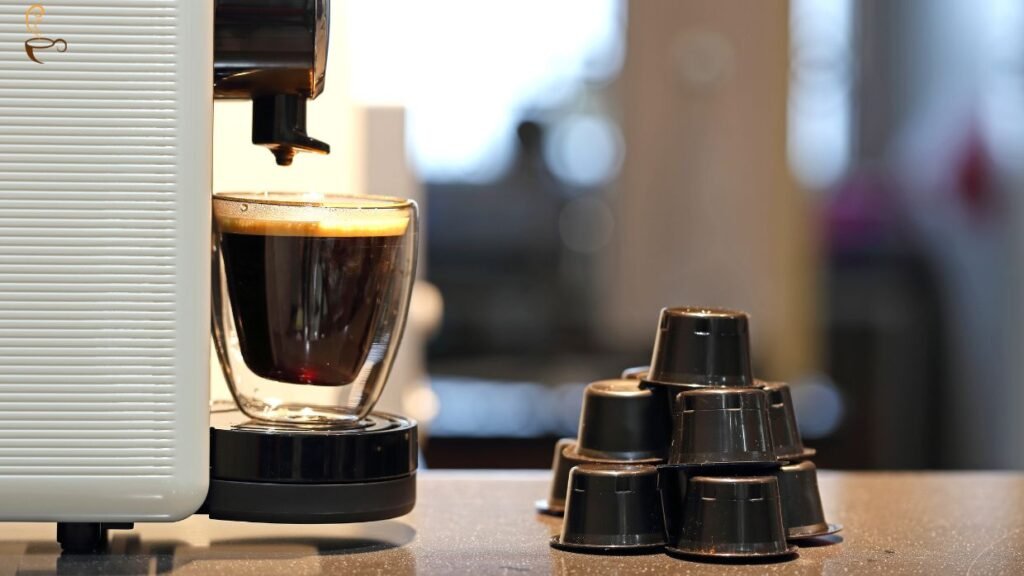Last updated on March 3rd, 2025 at 06:49 am
How do you find the best coffee beans? Luckily, you can take steps to ensure that you’re getting only the best coffee possible and putting it in your morning cup of joe! This article will teach you how to find the best coffee beans, no matter where you live. Coffee can be seasonal or year-round, depending on where you live, so make sure you know your options before picking out your beans!
7 Guides to Find the Best Coffee Beans
Let us see the seven guides to find the best coffee beans easily:
1. Know Your Roast
Roasting coffee is an art; like most arts, there are right and wrong ways to do it. In roasting coffee beans, you want them burned just enough to lose their raw flavor while keeping some of their original flavors.
You also want to make sure that they’re ground correctly, or else your brew will lack flavor. Read on to learn how to roast your own best coffee beans!
2. Consider the Processing
The quality of your coffee beans depends a lot on how they are processed. Most of what we think of as processing is, in fact, roasting. How you roast coffee beans will affect their taste and longevity, so selecting a roaster that knows what they’re doing is important.
If you don’t roast your beans or buy them pre-roasted from an independent source, look for Arabica (typically labeled light/medium/dark roast) versus Robusta beans. Robustas generally are used in instant coffees and lower-quality blends.
3. Choose Arabica Beans
Arabica beans tend to be more popular than Robusta, but both have benefits and drawbacks. For example, robustas have a faster growth rate and makeup about 25% of all coffee plantings worldwide. Arabica grows much slower but is usually more flavorful and has less caffeine.
It’s also easier on farmers’ budgets because it requires fewer pesticides and water to thrive. The best way to find your perfect brew is with a bit of trial and error—try out different roasts from different locations at other times of the year until you’ve discovered your ideal match!
4. Pay Attention to Variety
There’s a lot of talk about whether we should buy coffee from fair trade sources, and that’s all great. But what do you do if you don’t have access to those beans? They weren’t grown with a social consciousness in mind doesn’t mean they aren’t high quality.
Plenty of things go into making a cup of coffee taste good besides its origins: how it was roasted, where it came from, how long ago, and even how you brew it (putting grounds in hot water or using an espresso machine).
Because so many factors contribute to taste, focus on identifying ones you can control—and let others worry about taste-altering aspects like grower treatment.
5. Inspect Where it was Grown
When shopping for coffee beans, make sure you inspect where they are grown. This could be particularly important if you’re buying a blend. Don’t be shy about asking questions about your region of origin. Does it matter?
At first glance, it may not seem like it, but many people prefer coffee produced near their homes and want to support local farmers. Also, roasted coffee has a shelf life of two months or less, so do your homework.
Getting full-flavored beans will help boost your drink quality and reduce spending on wasted products down the road.
6. Check Packaging and Labels Carefully
When it comes to coffee, there are two types of beans: Arabica and Robusta. Arabica beans are superior because they have less caffeine than Robustas and offer a more complex flavor. Roast level is also essential when trying to find high-quality coffee.
Darker roasts generally mean a bolder, richer taste, while lighter roasts provide a milder, smoother flavor. Packaging is also key—stay away from plastic or large amounts of Styrofoam and find small companies instead of huge chains with one leading roaster for all of their products.
That way, you can ensure you’re getting high-quality beans that have been sourced directly from farmers who know their crops inside and out.
7. Explore Different Grades of Quality
If you ask any coffee drinker, they’ll tell you that they don’t just drink coffee. Instead, they’ll have a specific type of roast or blend that they prefer. The same goes for buying coffee beans: there are dozens upon dozens of different types and grades of quality on offer, from light and fruity (but usually very acidic) blends to rich and complex roasts.
Of course, price is another factor as well—some people are willing to pay top dollar for a premium brand of beans because it means a higher-quality product and better flavor profile than can be found in less expensive brands.
Finding and using good coffee beans is an essential first step in making a delicious cup of coffee. Start by finding out what makes great coffee, then get your hands on some good beans (the highest quality you can afford).
Please make sure they’re fresh and properly stored, then grind them yourself before brewing. Once you find a process that works for you, it will be easy to make sure your morning cup is just as enjoyable as your favorite café.

MD Azizul Hakim is a content creator and the co-founder of Queek Coffee. He has been writing content and reviews for many years and loves to brew coffee and serve it to his colleagues.





